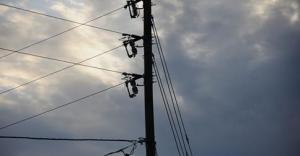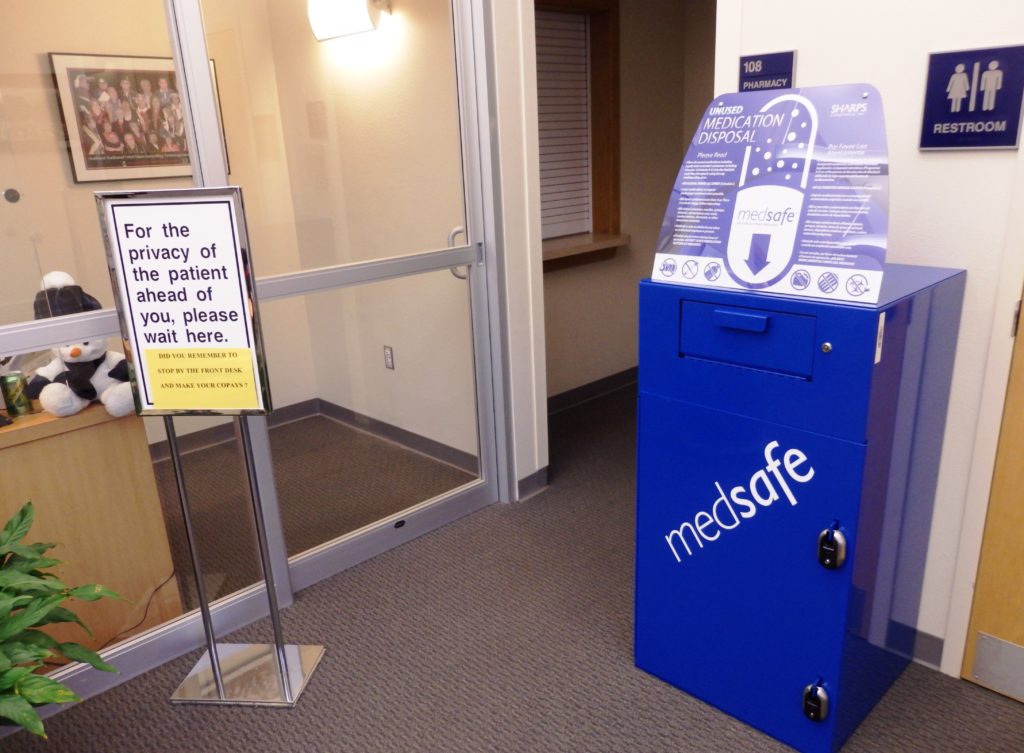By Margaret Friedenauer
About 7,200 rural Alaskans will see their power bills go up after the first of the year. That’s because the Regulatory Commission of Alaska (RCA) last week approved an 11.18 percent rate increase for customers of Alaska Power Company, a subsidiary of Alaska Power and Telephone.
That’s lower than the hike the company asked for. But it’s still more than many residents in Southeast and the Interior say they can afford.
Alaska Power Company (APC) told the RCA it needed to increase rates 18 percent to offset a $2 million revenue shortfall in 2012. Company officials cited increasing operating costs, decreasing population in its service areas as well as a decline in demand as people make efforts to conserve energy.
APC serves communities in Northern Southeast, South Prince of Wales Island and Interior villages near Tok.
The rate case has been ongoing for about a year. At a consumer input hearing in April more than 30 people testified and opposed the rate increase. Many argued the same point – that residents and businesses have been trying to conserve energy to save money. But in doing so, they apparently shot themselves in the foot if that’s the reason APC is asking for a rate increase. Haines resident Leigh Horner put it this way:
“I guess, gee, all I have to say is, I feel like I’m being punished for conserving energy,” Horner said.
Tok resident Rochelle Grzyb said her power bill is already higher than her mortgage payment. She said she’s worried about communities remaining viable if the cost of living continues to rise.
“If you raise these rates, not only are you forcing us to leave but you are forcing people who cannot afford this in Northway, in Tanacross, Dot Lake and Tetlin,” Grzyb said. “And not only are you really messing with people’s lives, you’re destroying a culture and a history.”
At that meeting APC executive vice president Michael Garrett said he knew that 18 percent was a steep increase, especially for communities like Tok and surrounding villages. But he said those are also some the communities where it costs the most to operate. He said also he didn’t expect to get approved for an 18 percent increase, but to use it as a starting point for a settlement.
And that’s what happened. Steven DeVries is an attorney with the state Regulatory Affairs and Public Advocacy office. He represented APC customers in the case. He met with APC in October and they struck a deal for an 11.18 percent rate increase.
Not everyone agreed the settlement was a good idea. It needed the approval from the communities who elected to participate in case as “interveners.” Those communities were Skagway, Haines, Craig, Thorne Bay and Coffman Cove . Elected officials in those communities received confidential briefings from their attorneys and all voted to approve the settlement. In Haines, only half of the borough assembly supported it. Mayor Jan Hill had to break the tie vote to support the settlement. Then it went to the RCA for approval.
Three of the five RCA commissioners were assigned to review the settlement. Two approved it and one dissented, saying the settlement did not address certain questions about revenue and how much money APC would net from the increase.
Stephanie Scott was the Haines mayor when the borough assembly decided to be involved in the case. She lost reelection in October, but remained interested in the case. She says the process of the settlement upsets her. She did not know a settlement was a possibility, or that the communities could present their own witnesses to testify. The only witnesses that testified on behalf of rate payers were two utility experts for the state attorney, DeVries. Those witnesses recommended no more than a 5 percent rate increase. She says she wants more details about what led DeVries and the communities to agree to an 11 percent increase.
“The problem is the process camouflages the justification for overlooking the recommendations of the expert witnesses to the process,” Scott says. “I hate to be combative about the rate when I don’t know the reason behind the decision.”
DeVries explained the process of the case. He says that even though his own expert witnesses recommended only a five percent increase, APC refuted those recommendations with arguments and information he had to consider – and that would have been considered by the RCA. All that testimony is in the public record. But he says he can’t explain what exact details led him to go with the 11 percent number because that would show his hand when he has to deal with future rate cases.
“I can’t tell you what if any enlightenment or changes in position arose as result of their reply testimony and that reason for that is because we will be in litigation or be reviewing this utilities rate filings agin in the near future and we will be involved in other utilities” DeVries said. “And these issues are similar from rate case to rate case, so the weight we would give issues or arguments raised is not something that would be a good thing for us to be disclosing in individual cases because it could adversely affect our ability to represent the public interest in other cases.”
Haines borough assembly members who voted for the settlement also declined to explain why, saying the talks about the settlement were confidential.
Former mayor Scott says the communities missed a chance to stand up against high energy costs.
“I think we need to think differently about our cost of energy,” Scott said. “We just failed, in my mind to reduce our cost of energy.”
The increase will go into effect after the first of the year. It affects two line items on a bill, not the overall amount. It means a customer in Haines will see about one-and-half-cent increase for each kilowatt hour and a higher customer charge. Kilowatt hours for other communities vary within APC’s service area.
APC is expected to revise its rates again next year because when it folds its newly acquired Gustavus Electric into its rate structure.









